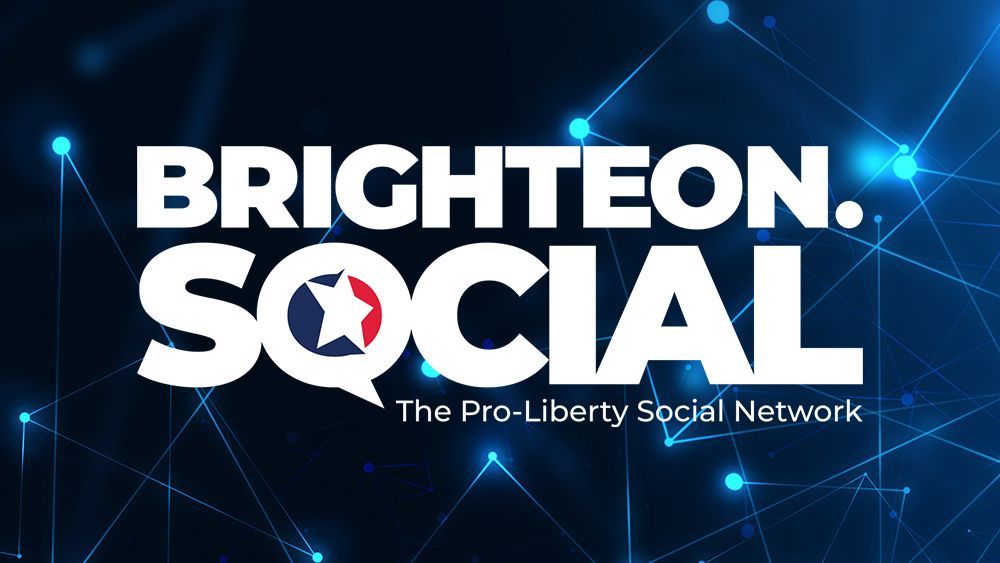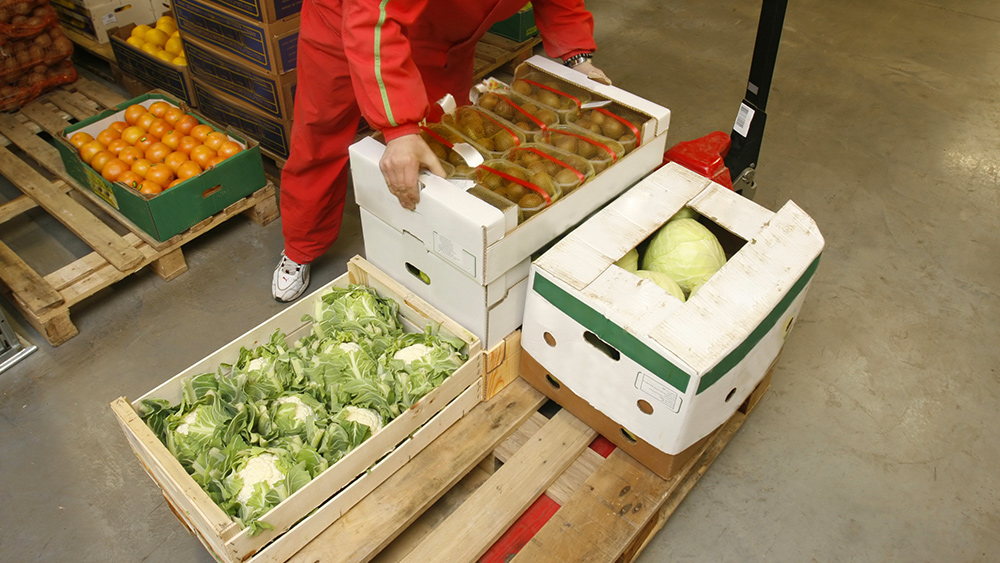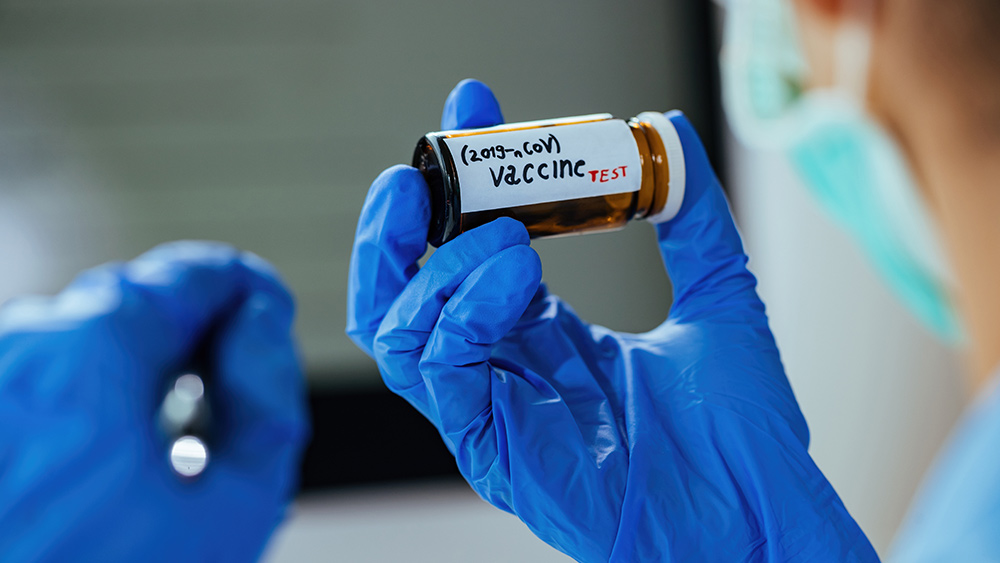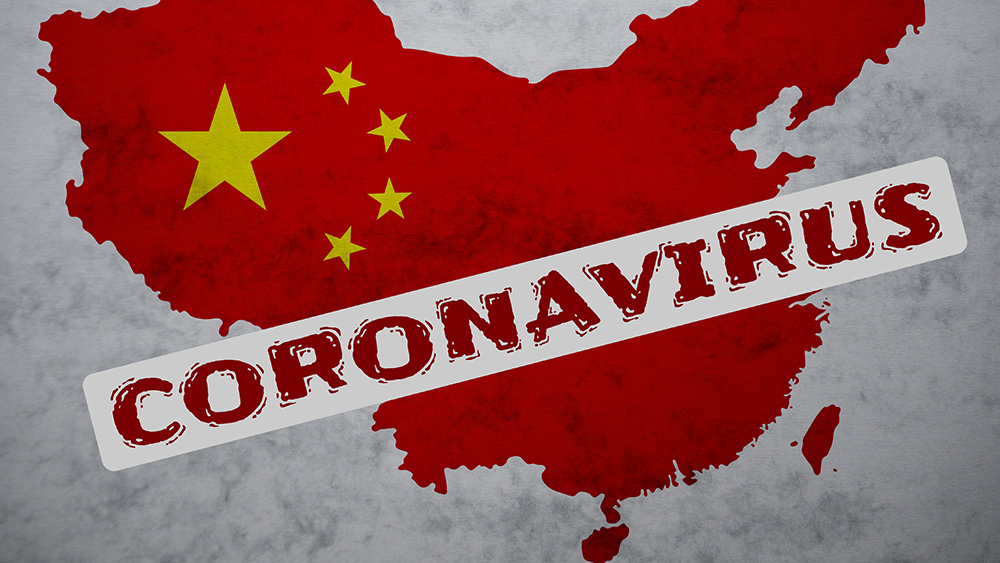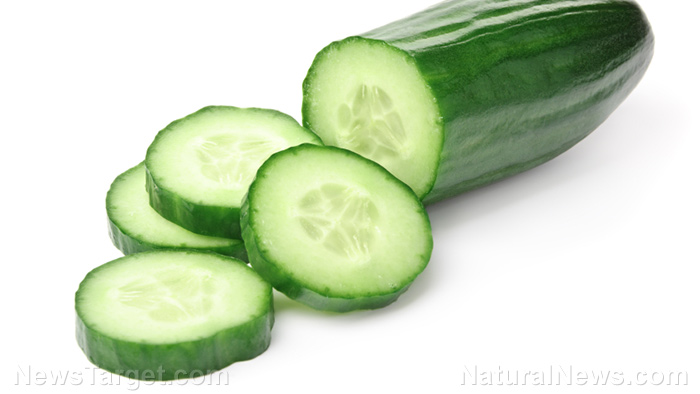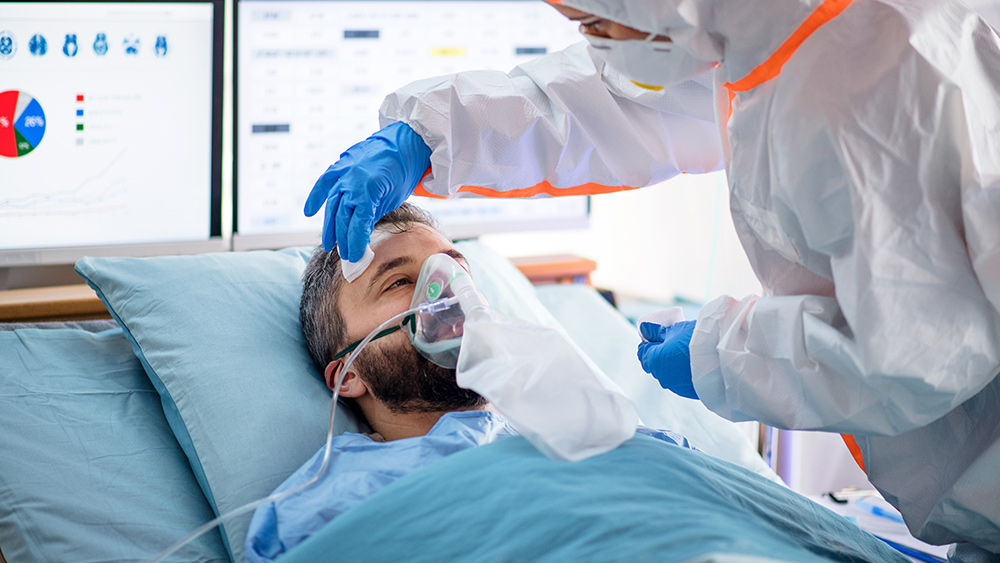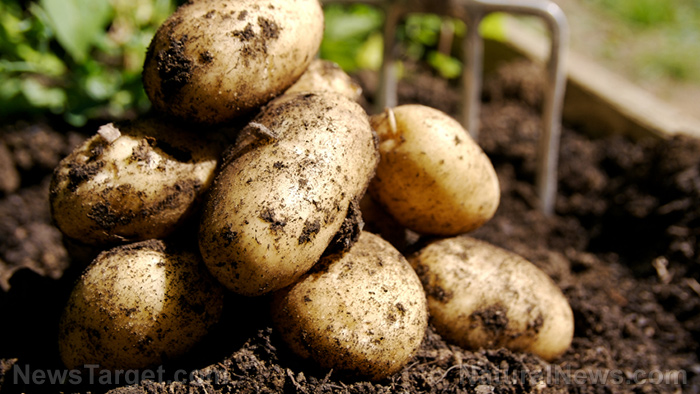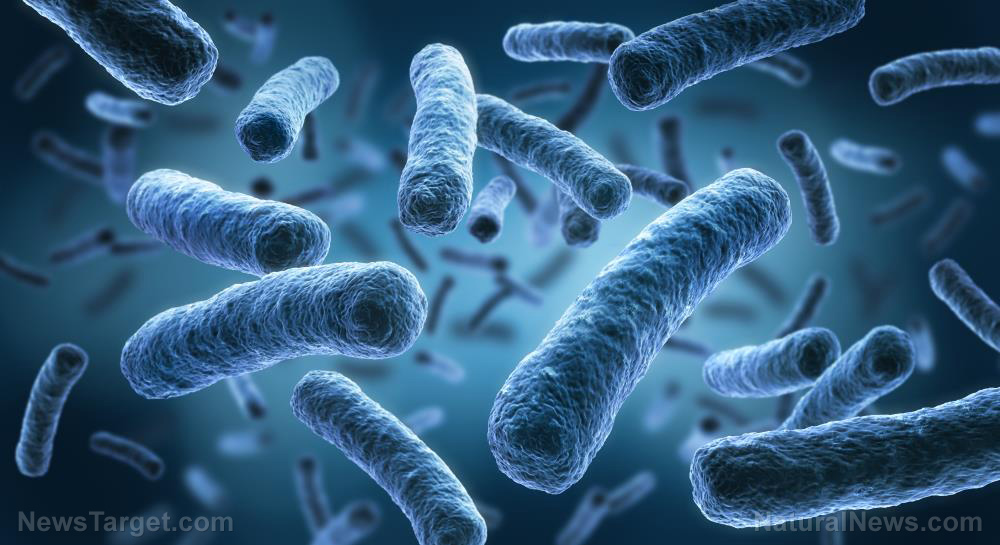Scientists can now implant “false memories” into animal brains
09/23/2020 / By Divina Ramirez
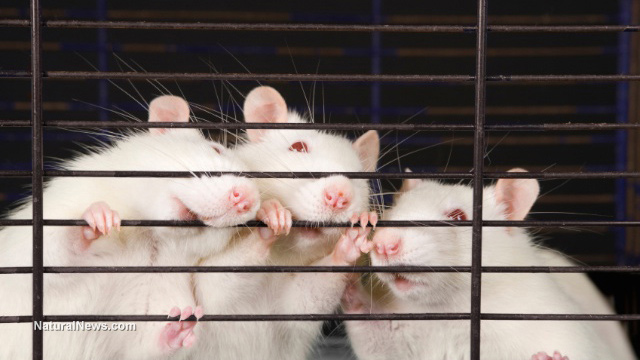
The idea of scientists implanting “false” memories might seem like a scene straight out of a science-fiction book. But as it turns out, it isn’t as far-fetched as it seems. In a recent study, neuroscientists at the Hospital for Sick Children in Toronto succeeded in manipulating mice brains into retaining memories that never happened to them at all.
In particular, the group used optogenetics – a complex technique that lets scientists control neurons using light – to manipulate the mice into forming false memories and then behaving according to those memories.
According to the researchers, their findings suggest that it is possible to bypass experience and implant a specific memory by directly stimulating the brain. Their findings appeared in the journal Nature Neuroscience.
Coding false memories
Earlier studies indicate that animals can recognize cues present in their environment and remember them to guide their future decisions. Scientists have also isolated important components of memories and trace them to specific brain regions and neural circuits.
Given this current level of understanding of the molecular mechanisms behind the formation of memories, the Toronto team theorized that it is possible to reverse engineer this process and implant artificial memories that had never occurred.
For successful implantation to be made, the researchers laid out certain criteria. First, the learning event, or the formation of the memory, should only take place inside the brain. It should not occur by exposing test subjects to an actual real event.
Second, test subjects should then demonstrate having retained the memories by behaving according to the predicted content of the memory. Their memory retrieval should also be restricted to the trained cue and not include unrelated cues.
To meet the first criterion, the researchers used optogenetics to simultaneously activate an area of the mice’s brains related to the perception of odor and those areas of the brain that are associated with either reward or aversion.
Some experimental mice were trained to associate orange-scented acetophenone, an aromatic ketone, with reward, while others were trained to associate it with an unpleasant sensation, in this case, an electrical foot shock. This conditioning was done without exposing either group of mice to acetophenone.
Then, to see if the implanted memories held up, the researchers studied the behavior of both the control and experimental mice when placed in a chamber. One of its walls was lined with orange-scented wallpaper, while the other was lined with carvone, the control scent.
The control mice showed no preference for either side of the chamber. Meanwhile, mice that were conditioned to associate acetophenone with reward showed a preference for the orange-scented wall, while mice conditioned to link acetophenone with an unpleasant sensation avoided it. The mice ignored the control scent.
The researchers looked at the neurons activated in the brains of mice that had false memories and compared these with the neurons activated in the brains of mice that experienced an actual foot shock while smelling acetophenone.
The team found significant similarities in their brains, suggesting that the false memories were as good as natural ones. All in all, the experiments demonstrate that the mice acted according to their false, scent-based memories despite never experiencing the actual scent in the first place.
These findings show that scientists are beginning to have a much deeper understanding of how memories are made, so much so that the entire process can be mimicked and artificial memories created using just optogenetics, said coauthor Sheena Josselyn.
In the future, this research could help scientists examine how the formation and retrieval of memories change with age and how neurodegenerative diseases affect those mechanisms. (Related: Could dementia just be another manifestation of chronic inflammation?)
Learn more about recent breakthroughs in brain science at Brain.news.
Sources include:
Tagged Under: brain function, brain health, brain neurons, breakthrough, discoveries, false memories, memories, neuroscience, optogenetics, research

